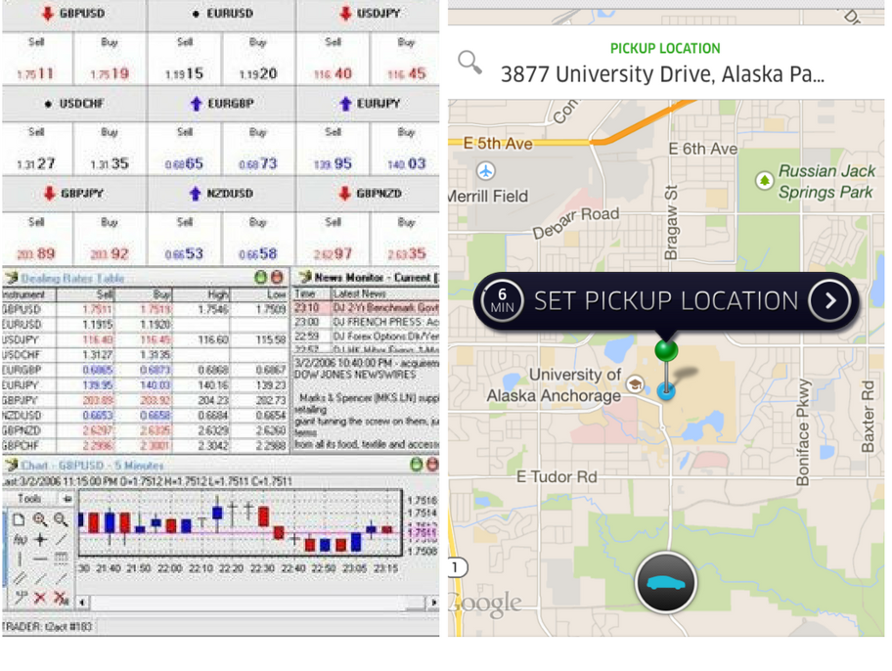[spb_text_block animation=”none” animation_delay=”0″ simplified_controls=”yes” custom_css_percentage=”no” padding_vertical=”0″ padding_horizontal=”0″ margin_vertical=”0″ custom_css=”margin-top: 0px;margin-bottom: 0px;” border_size=”0″ border_styling_global=”default” width=”1/1″ el_position=”first last”]
The rise of the Millennial workforce and their addiction and affection for technology bring a lot of changes to corporate workflows. These young people, born between 1980-2000, are the largest generation ever to enter the workforce with 80 million (soon to be followed by Gen Z at the end of this decade with 23 million).
The right selection of workplace apps can engage or disengage young workers and attract or warn off talent. A recent study by Levo showed that this generation is especially concerned with the idea of productivity: however, while 93% of the respondents claimed it was an important factor, only 62% thought of themselves as being productive enough. They mentioned distractions (33%) and poor time-management (22%) as the top reasons for that.
There is also a “user experience gap” between consumer and corporate applications: no matter how many apps and software Millennials get to use at the workplace if they all look cumbersome and annoying. These young workers are used to the UX of Uber, Tinder, and Airbnb and hardly tolerate the business app selection lagging so much behind.
[/spb_text_block] [spb_image image=”17556″ image_size=”full” frame=”noframe” caption_pos=”hover” remove_rounded=”yes” fullwidth=”no” overflow_mode=”none” link_target=”_self” lightbox=”no” intro_animation=”none” animation_delay=”200″ width=”1/1″ el_position=”first last”] [spb_text_block animation=”none” animation_delay=”0″ simplified_controls=”yes” custom_css_percentage=”no” padding_vertical=”0″ padding_horizontal=”0″ margin_vertical=”0″ custom_css=”margin-top: 0px;margin-bottom: 0px;” border_size=”0″ border_styling_global=”default” width=”1/1″ el_position=”first last”]
Today’s mobile applications need to be as much appealing as functional. They need to facilitate real-time collaboration, to simplify complex workflows, and to help focus.
Following are 5+1 apps worth to consider if you want your new employees to be at their peak productivity levels.
1. Slack
[/spb_text_block] [spb_image image=”17560″ image_size=”full” frame=”noframe” caption_pos=”hover” remove_rounded=”yes” fullwidth=”no” overflow_mode=”none” link_target=”_self” lightbox=”no” intro_animation=”none” animation_delay=”200″ width=”1/1″ el_position=”first last”] [spb_text_block animation=”none” animation_delay=”0″ simplified_controls=”yes” custom_css_percentage=”no” padding_vertical=”0″ padding_horizontal=”0″ margin_vertical=”0″ custom_css=”margin-top: 0px;margin-bottom: 0px;” border_size=”0″ border_styling_global=”default” width=”1/1″ el_position=”first last”]
Type: Instant messaging
Why is it popular with Millennials? This generation has a need always to be connected, share, and get immediate feedback on their actions. It is simple enough in onboarding as well as everyday use, but the unique set of emojis give it an extra flavor and can smuggle in some prank to work. Slack currently has about 5 million daily active users, mostly at tech startups and companies with a tech-intensive culture.
Why is it a good work tool? Slack supports integrations with the majority of the other popular cloud services of the connected generation (see Trello as an example in our compilation). Instant messaging as the preferred form of team communication positively affects the responsiveness of the whole business. Unlike Whatsapp, its authentication is email-based, instead of a public phone number, so it provides a safer use in corporate settings.
The takeaway message for app development:
An ever quicker pace of communications forces companies to surrender to work chat despite their concerns (mainly about security). If you decide to add a chat feature to your enterprise app or integrate a third-party service, make sure it is equally appealing to young and older employees. One of the setbacks of Slack is that while it wins any tech-savvy, young worker at the office, it might be exclusive to other generations and those who belong to the late majority and not the early adopters of technology.
2. Dropbox
[/spb_text_block] [spb_image image=”17564″ image_size=”full” frame=”noframe” caption_pos=”hover” remove_rounded=”yes” fullwidth=”no” overflow_mode=”none” link_target=”_self” lightbox=”no” intro_animation=”none” animation_delay=”200″ width=”1/1″ el_position=”first last”] [spb_text_block animation=”none” animation_delay=”0″ simplified_controls=”yes” custom_css_percentage=”no” padding_vertical=”0″ padding_horizontal=”0″ margin_vertical=”0″ custom_css=”margin-top: 0px;margin-bottom: 0px;” border_size=”0″ border_styling_global=”default” width=”1/1″ el_position=”first last”]
Type: cloud data storage and file sharing
Why is it popular? For Millennials, cloud services are the default, and Dropbox has made its way to their hearts with its simple interface and seamless synchronizing features. It made an ideal tool for collaboration that this generation is so fond of. Dropbox started out as a consumer service but slowly caught up in business due to high demand. That is, its users wanted their personal favorite to become a work tool, too. The service had 500 million registered users last year. It has a 31% share among office workers aged 18-24 and 24% in the 25-31 age group, compared to a 16% average.
Why is it a good work tool? With the addition of Dropbox Business, the provider has taken steps to increase its level of security and also the admin options. The traditional strengths of Dropbox, easy sharing and collaboration are required in today’s workplace, regardless of the workforce’s tech maturity. Dropbox also integrates with MS Office, making the transition from traditional to novel workflows smoother.
The takeaway message for app development: Cloud-based file-sharing is a must for a business app. However, to use its full potential, it has to allow for easy collaboration and sync well with back-office databases.
3. Evernote
[/spb_text_block] [spb_image image=”17567″ image_size=”full” frame=”noframe” caption_pos=”hover” remove_rounded=”yes” fullwidth=”no” overflow_mode=”none” link_target=”_self” lightbox=”no” intro_animation=”none” animation_delay=”200″ width=”1/1″ el_position=”first last”] [spb_text_block animation=”none” animation_delay=”0″ simplified_controls=”yes” custom_css_percentage=”no” padding_vertical=”0″ padding_horizontal=”0″ margin_vertical=”0″ custom_css=”margin-top: 0px;margin-bottom: 0px;” border_size=”0″ border_styling_global=”default” width=”1/1″ el_position=”first last”]
Type: note-taking and productivity
Why is it popular? For note-taking, you used to need two things: paper and handwriting. Well, neither are on the list of favorite activities of Millennials. Contrarily, Evernote is a future workplace in itself: it accommodates written notes as well as any other type of document you can think of. Plus, it is always accessible in the same form on any device, even out of the office. This feature is convenient, and Millennials love convenience. In five years, its user base has grown from 34 to 200 million users in 2016.
Why is it a good work tool? Sketching any idea they may have regarding work anywhere and anytime is a productivity booster. It is perfect for keeping meeting notes as well as to store receipts and invoices for reimbursement claims. Editing features include one-click checkboxes that quickly make any text a to-do list.
The takeaway message for app development: While you need to ensure all the apps support note-taking, you also need to make sure during the development that it doesn’t get too complicated. After all, note-taking is a simple activity, and it should stay that way.
4. Trello
[/spb_text_block] [spb_image image=”17570″ image_size=”full” frame=”noframe” caption_pos=”hover” remove_rounded=”yes” fullwidth=”no” overflow_mode=”none” link_target=”_self” lightbox=”no” intro_animation=”none” animation_delay=”200″ width=”1/1″ el_position=”first last”] [spb_text_block animation=”none” animation_delay=”0″ simplified_controls=”yes” custom_css_percentage=”no” padding_vertical=”0″ padding_horizontal=”0″ margin_vertical=”0″ custom_css=”margin-top: 0px;margin-bottom: 0px;” border_size=”0″ border_styling_global=”default” width=”1/1″ el_position=”first last”]
Type: project management
Why is it popular? The Millennial generation realized that, ultimately, all of their major life events could be considered projects: weddings, job applications, selecting a house, or organizing a party, etc. What is common is that these projects are often complex and hard to keep track of with traditional tools. A simple but still visually appealing interface makes the tasks less daunting and more manageable. Trello has 19 million registered users.
Why is it a good work tool? Millennials love multifunctional apps that can double as a personal AND work tool. Trello has a lot of possible uses to replace to-do lists and helps to manage projects across all departments. What’s more, it’s able to add structure to even the most frequently changing workflows. Its shareable nature makes it a great supporter of transparency, another value highly admired by the new worker generation.
The takeaway message for app development: in today’s multitasking environment, there is more and more talk about the need to focus and the appropriate methods to do so. Apparently, multitasking does not lead to such a productivity increase as focusing does. With a clear and concise user interface and a defined (or re-defined, if needed) workflow, employees can quickly overview and complete their tasks.
5. Toggl
[/spb_text_block] [spb_image image=”17573″ image_size=”full” frame=”noframe” caption_pos=”hover” remove_rounded=”yes” fullwidth=”no” overflow_mode=”none” link_target=”_self” lightbox=”no” intro_animation=”none” animation_delay=”200″ width=”1/1″ el_position=”first last”] [spb_text_block animation=”none” animation_delay=”0″ simplified_controls=”yes” custom_css_percentage=”no” padding_vertical=”0″ padding_horizontal=”0″ margin_vertical=”0″ custom_css=”margin-top: 0px;margin-bottom: 0px;” border_size=”0″ border_styling_global=”default” width=”1/1″ el_position=”first last”]
Type: time-tracking
Why is it popular? Time-tracking is sometimes a necessary activity that can also be painful, but Toggl managed to make it look attractive and easy. It’s integration with a lot of services, such as spreadsheets, project management applications or calendars make it popular among the fans of interconnected services.
Why is it good for work? It does wonders with all the data it collects: the reporting features of Toggl show this app’s potential to be a workplace favorite. While there is a certain charm of tracking your time for personal activities, the real deal is the business use because it directly connects to profitability. Especially in smaller teams, where no HR-department is watching over the people’s heads, but they still want to know if their time is used just right.
The takeaway message for app development: Apps that work across multiple platforms and devices are always the crowd-pleasers, and smart reporting wins the hearts of executives.
+1 Workable
[/spb_text_block] [spb_image image=”17577″ image_size=”full” frame=”noframe” caption_pos=”hover” remove_rounded=”yes” fullwidth=”no” overflow_mode=”none” link_target=”_self” lightbox=”no” intro_animation=”none” animation_delay=”200″ width=”1/1″ el_position=”first last”] [spb_text_block animation=”none” animation_delay=”0″ simplified_controls=”yes” custom_css_percentage=”no” padding_vertical=”0″ padding_horizontal=”0″ margin_vertical=”0″ custom_css=”margin-top: 0px;margin-bottom: 0px;” border_size=”0″ border_styling_global=”default” width=”1/1″ el_position=”first last”]
Type: HR/Recruitment
Why is it popular? This application has a lot of features Millennials value: it has a nice clear interface, stores all candidate information in one place, and makes it easy for recruiters to post job ads and keep track of postings. Young workers expect technology to be on top even in the HR-department. Young human resources professionals, just like the prospective candidates, like to access all the information on an application anywhere. It posts a job advert to several sites with minor effort. Workable also has a social aspect, connecting the hiring team to discuss work matters.
Why is it good for work? Companies need to be where they users are. Similarly, HR pros have to be where their candidates are, and it is mobile. A piece of well-crafted HR technology sends both parties the message of a modern workplace that cares for their time already in the application process.
The takeaway message for app development: Even if the application is primarily used by employees of business, it also has to keep in mind the client’s expectations. Think about your future app from the perspective of a customer: at what point are they involved in the workflow covered by the app? Will they directly engage with it, i.e. by completing a survey, checking data, or viewing a presentation? Or will they only get the impression of good or bad operations through your employee’s interactions with the app? Either way, think about how you can make it better for both.
Enjoy simplicity and ease of use and make your employees more productive in a days
[/spb_text_block] [spb_blog_grid element_name=”Social” item_count=”1″ instagram=”no” fullwidth=”yes” width=”1/1″ el_position=”first last”]




